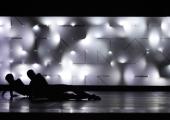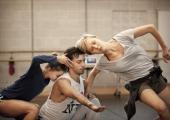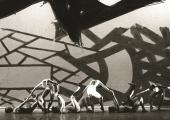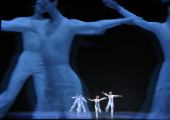FAR, Wayne McGregor|Random Dance, Sadler's Wells Theatre

Cool Royal Ballet cat McGregor has another life - his own company is where his heart and creativity truly lies
This is a great spring for dance-lovers. Tucked in for two nights at Sadler's Wells (catch it again tonight) is the return of Wayne McGregor's FAR, well timed to appear just before his latest ballet at Covent Garden next week. Uniquely among choreographers today, McGregor has two lives; two selves; two creative identities. The better known is that cool cult-leader at the Royal Ballet, with his slink-and-fidget on pointe that looks so trendy on classically trained ballerinas.









